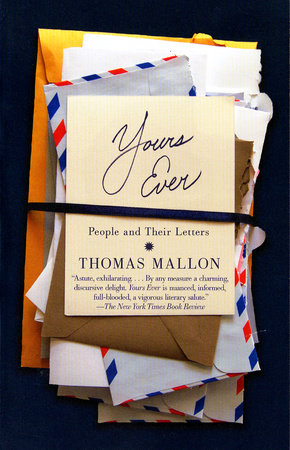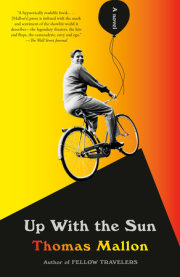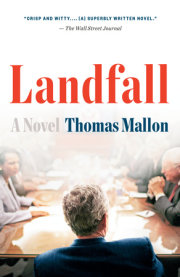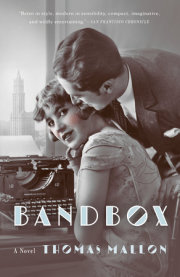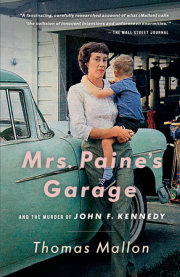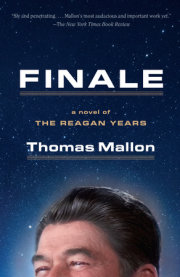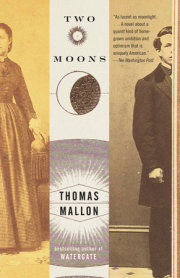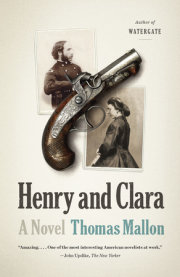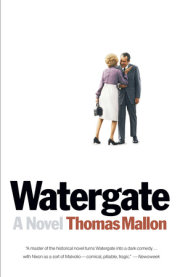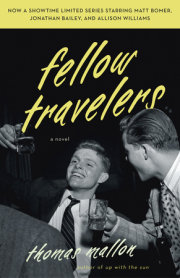Introduction
It embarrasses me to admit that I began writing this book when a first-class stamp cost twenty-nine cents. Well, here we are, the price half again as much and I a third again as old, and my excuses no better than what one usually offers when finally answering a letter that’s been under the paperweight for ages longer than one ever meant it to be.
But a person can’t adequately procrastinate without at least one semi-valid rationalization, and so here’s mine: if this book had come out, as it was supposed to, around 1997, it would have appeared just as e-mail was reaching Everyman and beginning to kill, or revive (there are both schools of thought), the practice and art of letter writing. Whichever the case, the book would have come ashore just as a sea change was making the waters even more interesting.
Letters had always defeated distance, but with the coming of e-mail, time seemed to be vanquished as well. It’s worth spending a minute or two pondering the physics of the thing, which interested Charles Lamb even early in the nineteenth century. Domestic mail was already a marvel—“One drops a packet at Lombard Street, and in twenty-four hours a friend in Cumberland gets it as fresh as if it came in ice”*—but in his essay “Distant Correspondents” (1822), Lamb seemed to regard remoteness and delay as inherent, vexing elements of the whole epistolary enterprise. Considering the gap between the dispatch and receipt of a far-traveling letter, he wrote: “Not only does truth, in these long intervals, unessence herself, but (what is harder) one cannot venture a crude fiction, for the fear that it may ripen into a truth upon the voyage.” In Lamb’s view, sentiment, unlike revenge, “requires to be served up hot . . . If it have time to cool, it is the most tasteless of all cold meats.” He even imagines poor sentiment being “hoisted into a ship . . . pawed about and handled between the rude jests of tarpaulin ruffians.”
And yet, once the sentiment-carrying letter arrives, Lamb will be “chatting” to his distant correspondent “as familiarly as when we used to exchange good-morrows out of our old contiguous windows.” The letter will have reconnected them, however imperfectly, by the slenderest and most improbable of threads. With e-mail and its even realer-time progeny, the IM and the text message and the Tweet, we get to ask simply “how have you been?”—in, that is, the twelve minutes since we were last in touch.
In a history of the mails that he published in the frantic year 1928, Alvin F. Harlow proudly insisted that “the history of postal service has been the history of civilization,” and he debunked the idea that Queen Atossa, daughter of Cyrus the Great, wrote the first letter, from Persia, sometime in the sixth century B.C. Mr. Harlow felt certain that these civilizing instruments had been on the road, if not the wing, “hundreds of years” before that. Setting aside the question of precedence, we do know that Greeks had their fleet-footed
hemerodromes and the Romans their
Cursus publicus for the delivery of communications between one part of the government and another. Couriers and messengers made the Dark Ages a little less so, before Louis XI established what Mr. Harlow calls “the first royal, regular message service” in the fifteenth century, which allowed Henry VIII to imitate and expand the institution forty years later, across the Channel. Not long after that, private carriers began servicing non-royal folk, bequeathing us the phrase “post haste”— a shortening of the injunction (“Haste, Post, haste!”) that customers sometimes inscribed on their dispatches.
During the seventeenth century, government delivery service appeared in England, along with postmarks and complaints from messenger boys against the unfair competition. (One thinks of how the lethal bicycle messengers of 1980s Manhattan cursed the faxes that suddenly ran them off the road.) The mail coach transported England into its golden epistolary age, a time of such confidence in the quality of letters that, as Daniel Pool points out in his book about nineteenth-century British life, the recipient paid the postage. That changed with the advent of the penny post, around 1840, by which time envelopes had replaced sealing wax.
In America, as the Pony Express began racing alongside train tracks, speed of delivery came to trump all else, though the cozy convenience of home delivery did not arrive in most places until after the Civil War. Here, where I live in Washington D.C., a walk down F Street will take you past the building that served as the city’s post office in Lincoln’s time; the sidewalk that’s now filled with tourists—the building has become a hotel—once teemed with wives and sweethearts and women who didn’t yet know they were widows, all of them come to collect the mail they hoped was arriving from the battlefield.
Anthony Trollope arrived in the capital just a few years later— “in June the musquito of Washington is as a roaring lion”—to negotiate a postal treaty between the United States and England. (The Victorian appetite for work being what it was, writing several dozen books didn’t mean Trollope couldn’t hold a full-time government job, too.) According to R. H. Super, the treaty “settled almost nothing.” Trollope’s real postal success would remain more domestic than international: his introduction of the red pillar box that allowed for easy mailing of the letters upon which events in his novels so often turn.
More than one fine literary stylist has found e-mail actually to be more in keeping with letter writing’s early vitality than were the stuffy epistolary conventions that grew up over later centuries. Reflecting on her correspondence with a friend in France, Phyllis Rose writes, in
The Year of Reading Proust:“Like a collagen cream or estrogen which restores to the skin its lost elasticity, e-mail has given me back the spontaneity I had lost to the laziness of age. I can receive Jack’s newsletter at noon, read it after dinner, write him a note, and it will pop up on his computer screen when he arrives at work the next morning in Paris.”
*More or less foreseeing the telephone, Lamb writes that posting a letter is like “whispering through a long trumpet.”
Copyright © 2010 by Thomas Mallon. All rights reserved. No part of this excerpt may be reproduced or reprinted without permission in writing from the publisher.





